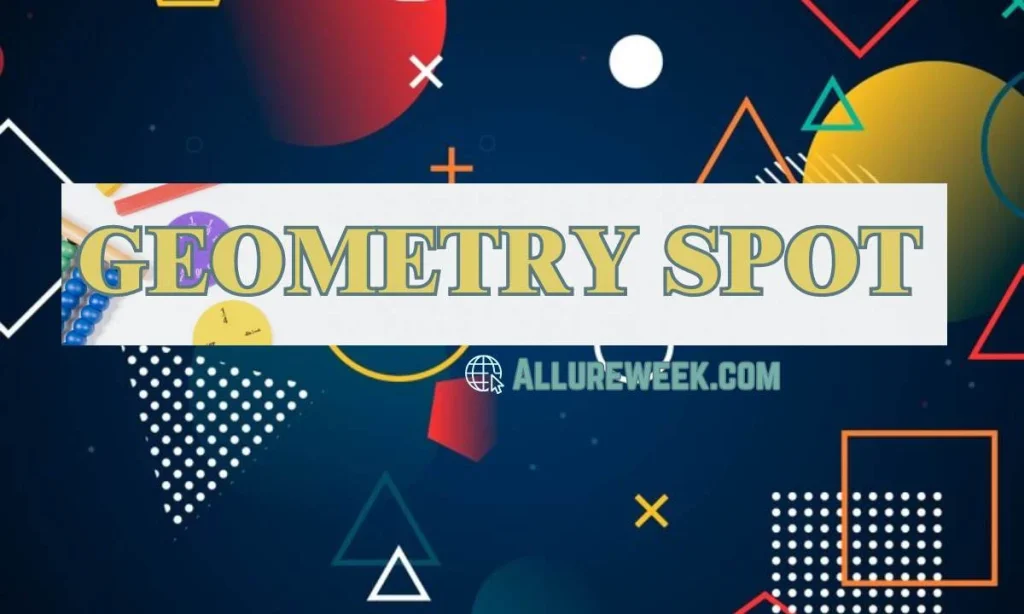What is Geometry?
Geometry, derived from the Greek words “geo” meaning earth and “metron” meaning measure, is a branch of mathematics concerned with the properties and relations of points, lines, surfaces, solids, and higher-dimensional analogs. It is one of the oldest fields of study in mathematics, with roots that trace back to ancient civilizations like Egypt and Mesopotamia.
The Basics: Points, Lines, and Planes
Let’s start with the basics. In geometry, everything begins with a point. A point is an exact location in space, often represented by a dot. When you connect two points, you get a line, which extends infinitely in both directions. Lines can be straight or curved, but they are always one-dimensional.
When lines intersect or combine, they form planes. A plane is a flat, two-dimensional surface that extends infinitely in all directions. Picture a piece of paper that goes on forever – that’s a plane in geometric terms.
Shapes and Their Properties
Geometry isn’t just about abstract concepts; it’s also about tangible shapes that we see every day. Here are some of the most common geometric shapes and their properties:
Triangles
Triangles are three-sided polygons, and they come in various types:
- Equilateral Triangle: All three sides and angles are equal.
- Isosceles Triangle: Two sides and two angles are equal.
- Scalene Triangle: All sides and angles are different.
Quadrilaterals
Quadrilaterals are four-sided polygons, including:
- Square: All sides and angles are equal.
- Rectangle: Opposite sides are equal, and all angles are right angles.
- Rhombus: All sides are equal, but angles are not necessarily right angles.
- Trapezoid: Only one pair of opposite sides is parallel.
Circles
A circle is a shape where all points are equidistant from a central point. The distance from the center to any point on the circle is the radius, and the distance across the circle through the center is the diameter.
Advanced Concepts: Beyond the Basics
Once you have a handle on basic shapes, geometry can get even more interesting with advanced concepts like:
Polygons and Polyhedra
Polygons are multi-sided shapes, and polyhedra are their three-dimensional counterparts. Examples include:
- Pentagon: A five-sided polygon.
- Hexagon: A six-sided polygon.
- Cube: A polyhedron with six square faces.
- Tetrahedron: A polyhedron with four triangular faces.
Theorems and Proofs
Geometry is also known for its theorems and proofs, which are logical statements and explanations about geometric properties. Famous theorems include:
- Pythagorean Theorem: In a right-angled triangle, the square of the hypotenuse is equal to the sum of the squares of the other two sides.
- Euclid’s Elements: A collection of 13 books covering many aspects of mathematics and geometry.
Coordinate Geometry
Coordinate geometry, or analytic geometry, involves graphing geometric figures on a coordinate plane. This approach connects algebra and geometry, allowing for the analysis of geometric shapes using equations.
Applications of Geometry
Geometry isn’t just an academic subject; it has real-world applications in various fields:
Architecture and Engineering
Architects and engineers use geometry to design buildings, bridges, and other structures. Understanding geometric principles ensures that constructions are both functional and aesthetically pleasing.
Art and Design
Artists and designers rely on geometry to create visually appealing works. From the symmetry in a piece of artwork to the proportions in graphic design, geometry plays a crucial role in the creative process.
Computer Graphics
In computer graphics, geometry is used to create realistic models and animations. Techniques like geometric transformations and ray tracing depend heavily on geometric principles.
Navigation and Mapping
Geometry is fundamental in navigation and mapping. GPS technology, for instance, uses geometric calculations to determine precise locations on Earth.
Conclusion
The Geometry Spot is more than just a mathematical concept; it’s a gateway to understanding the world around us. From the simplicity of a triangle to the complexity of a polyhedron, geometry offers a unique lens through which we can explore and appreciate the beauty of shapes and spaces.
FAQs
- What are the main branches of geometry? The main branches are Euclidean, non-Euclidean, and projective geometry.
- How is geometry used in everyday life? Geometry is used in art, architecture, engineering, computer graphics, and even navigation.
- What is the significance of the Pythagorean Theorem? It provides a fundamental relationship between the sides of a right-angled triangle, crucial in various applications.
- Can geometry be visualized? Yes, geometric concepts can be visualized through diagrams, models, and computer simulations.
- What is the difference between a polygon and a polyhedron? A polygon is a two-dimensional shape with straight sides, while a polyhedron is a three-dimensional shape with flat faces.

